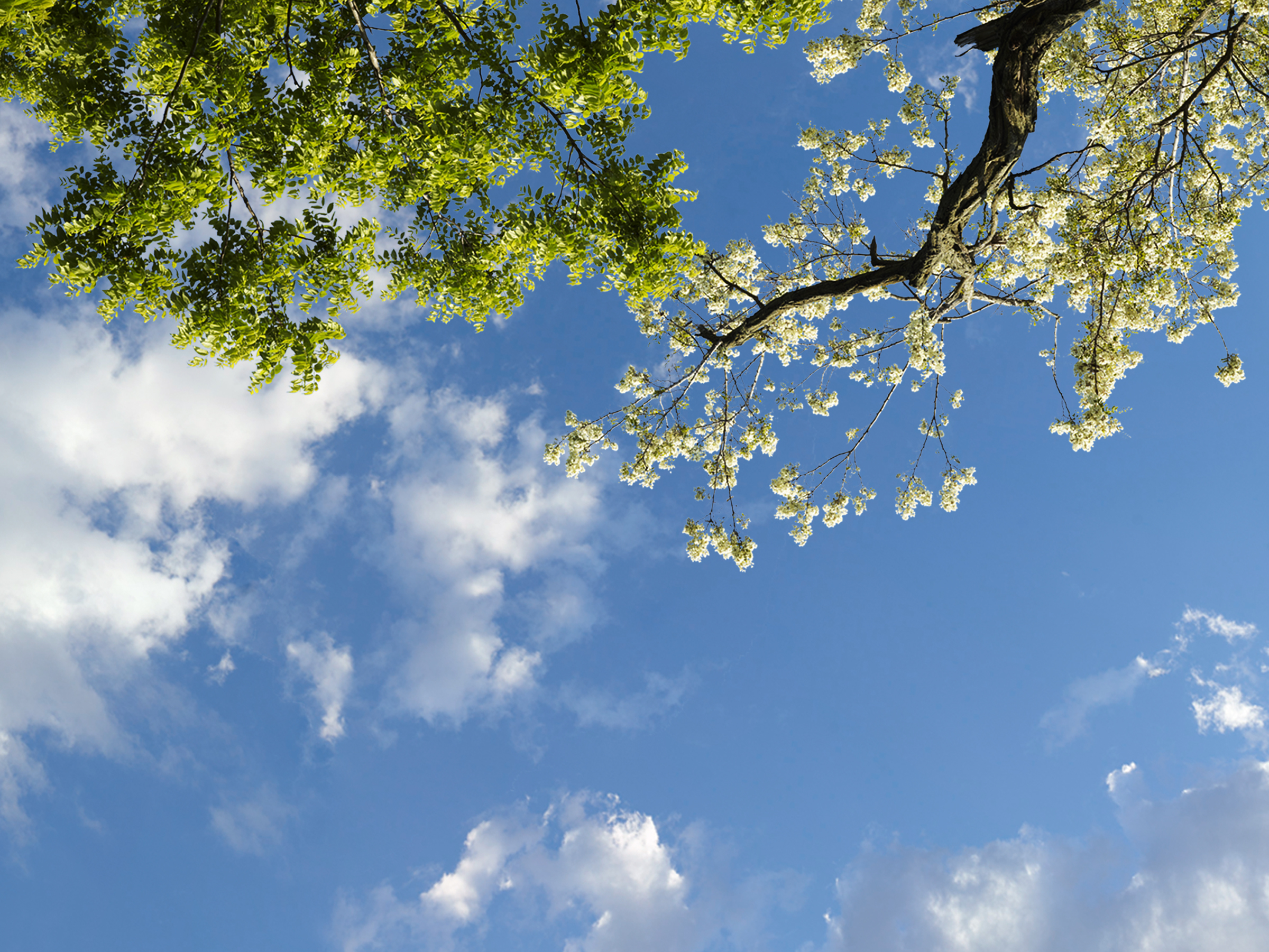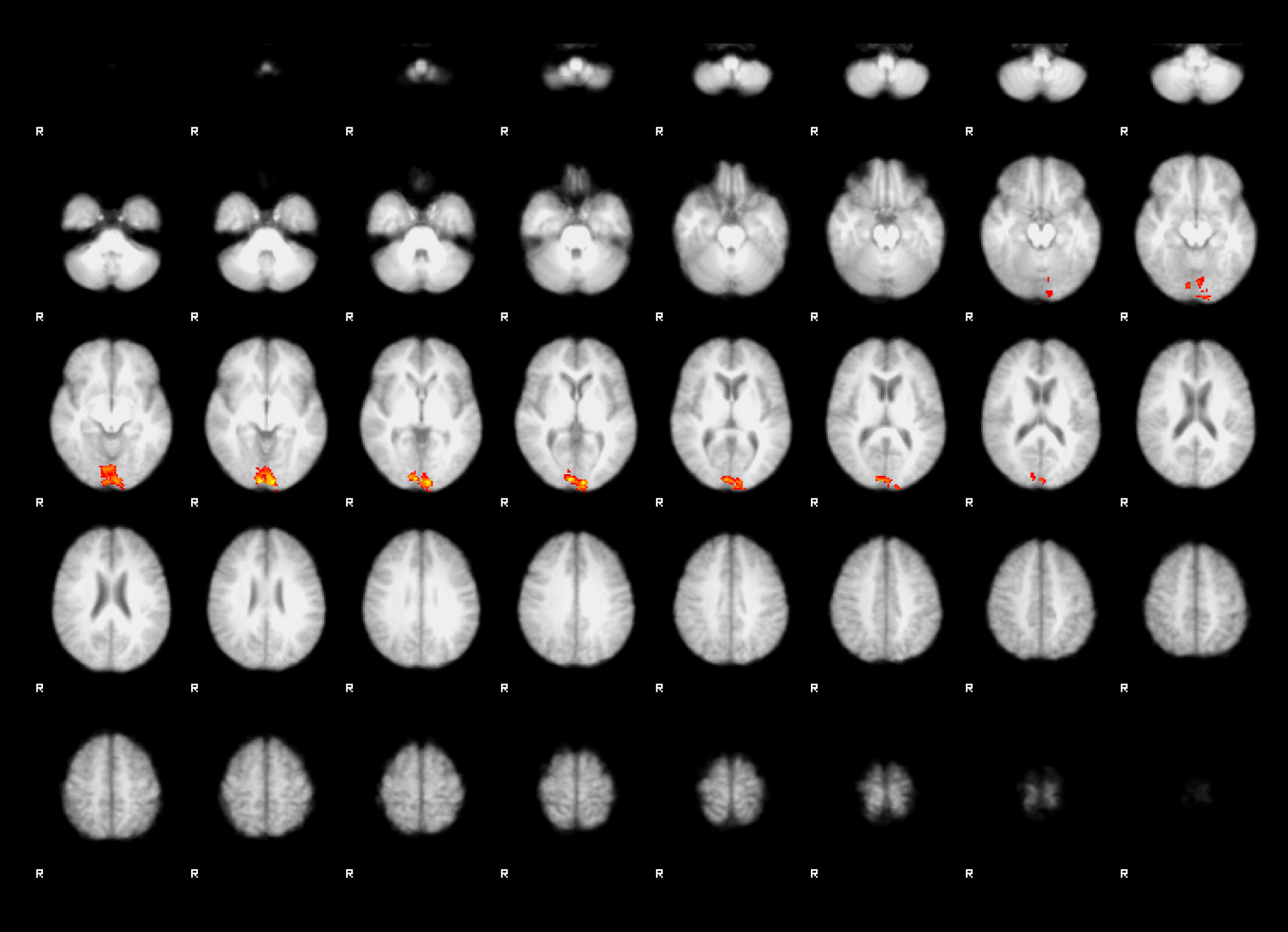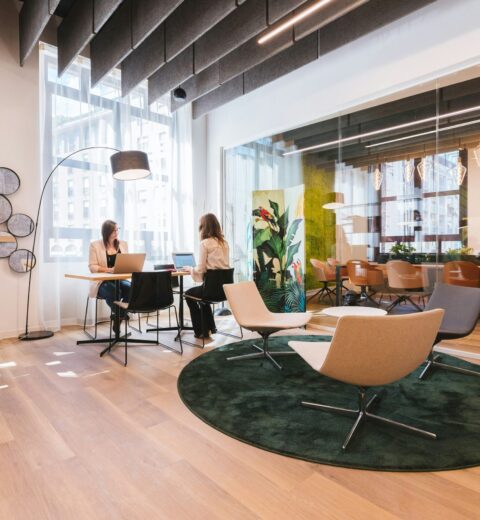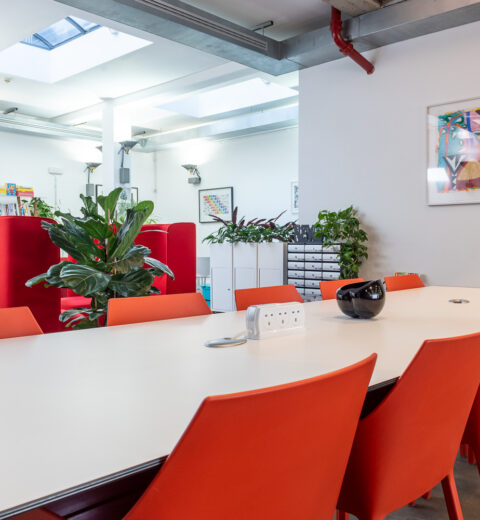Biophilic Engagement in the Workplace
Virtual Skylights Improve Staff Well-being
In leading companies around the world employees are finding an attractive sight deep inside their buildings. Virtual skylights and landscapes are starting to appear in conference rooms and cafeterias, populating enclosed interiors as high-tech avatars of nature. These fine art biophilic features are the ideal alternative in areas where, by design or function, it’s not possible to bring forth the healing properties of green outdoor views.
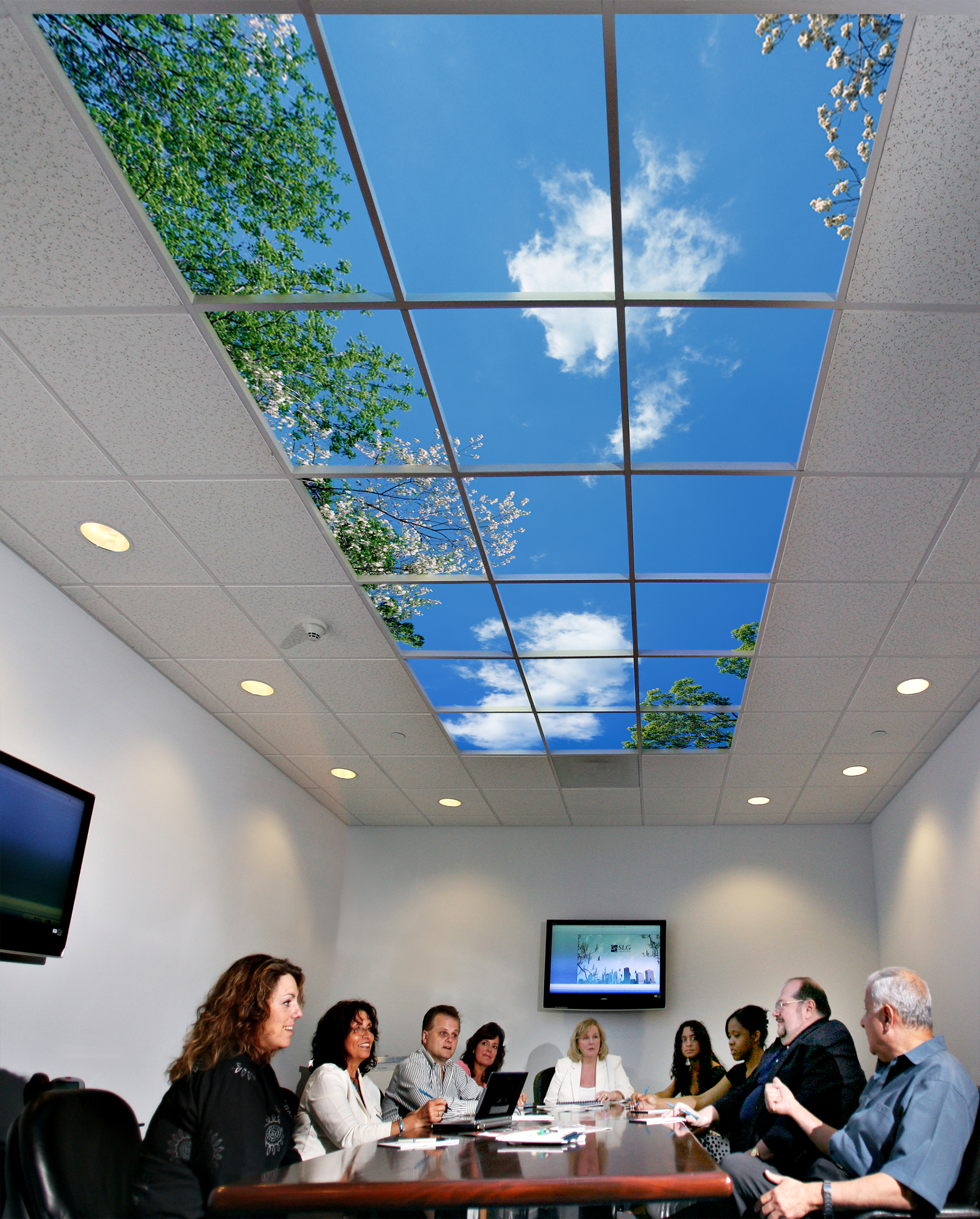
It’s been almost 30 years since Harvard biologist Edward O. Wilson introduced the Biophilia Hypothesis. Since then, there’s been a steady stream of studies that document the positive impact of nature in our physiology and psycho emotional disposition. The rise of biophilic design has made architects and designers well aware of the sustainable benefits of incorporating views to nature into our built environment.
However, a vast majority of existing buildings have no views of nature in their enclosed interiors. Thus, the idea of simulations, the creation of illusions of nature in artificial spaces to connect with the natural environment for wellness and cognitive restoration has taken hold with remarkable results.

Throughout history visual artists have used clever illustration techniques to conjure depth through the astute combination of scale, perspective and contrast. Add to these techniques the use of high resolution photography and carefully calibrated color light temperature, and the subtle hues and saturation of real skies can be convincingly forged.
The technique of engineering illusions at the hands of fine art and technology artists unveils a new tool for workplace design, one that uses the blueprint of human perception. By using the brain’s inherent ability to fill in the gaps of a well-designed visual puzzle, the Sky Factory –a small company based in southeast Iowa, USA- creates photographic images that are perceived as having an additional dimension, depth.
Sky Factory’s Luminous SkyCeilings™, the company’s virtual skylights, are sophisticated illusions. They serve a healing purpose as an innovative application of biophilic design. In fact, evidence-based design has found that looking at realistic imagery of nature evokes the same relaxation response and calming influence in the physiology that real panoramas of nature command.
At the French Railroad Network Operations Center in Paris, where staff is surrounded by dozens of monitors and control panels that keep the pulse of passenger train traffic rolling through the French capital, the office has no windows or access to the outdoors.
Throughout the day, one of the half dozen operators on duty will take a high stakes call with a station manager or platform engineer. During these important exchanges, operators will sometimes exhale in relief and ease back in their chairs, eyes naturally gravitating to the ceiling where their gaze meets the deep blue skies and white clouds that appear to float behind a few leafy branches that emerge from the edge of the 4” X 8” skylight above the operation center.
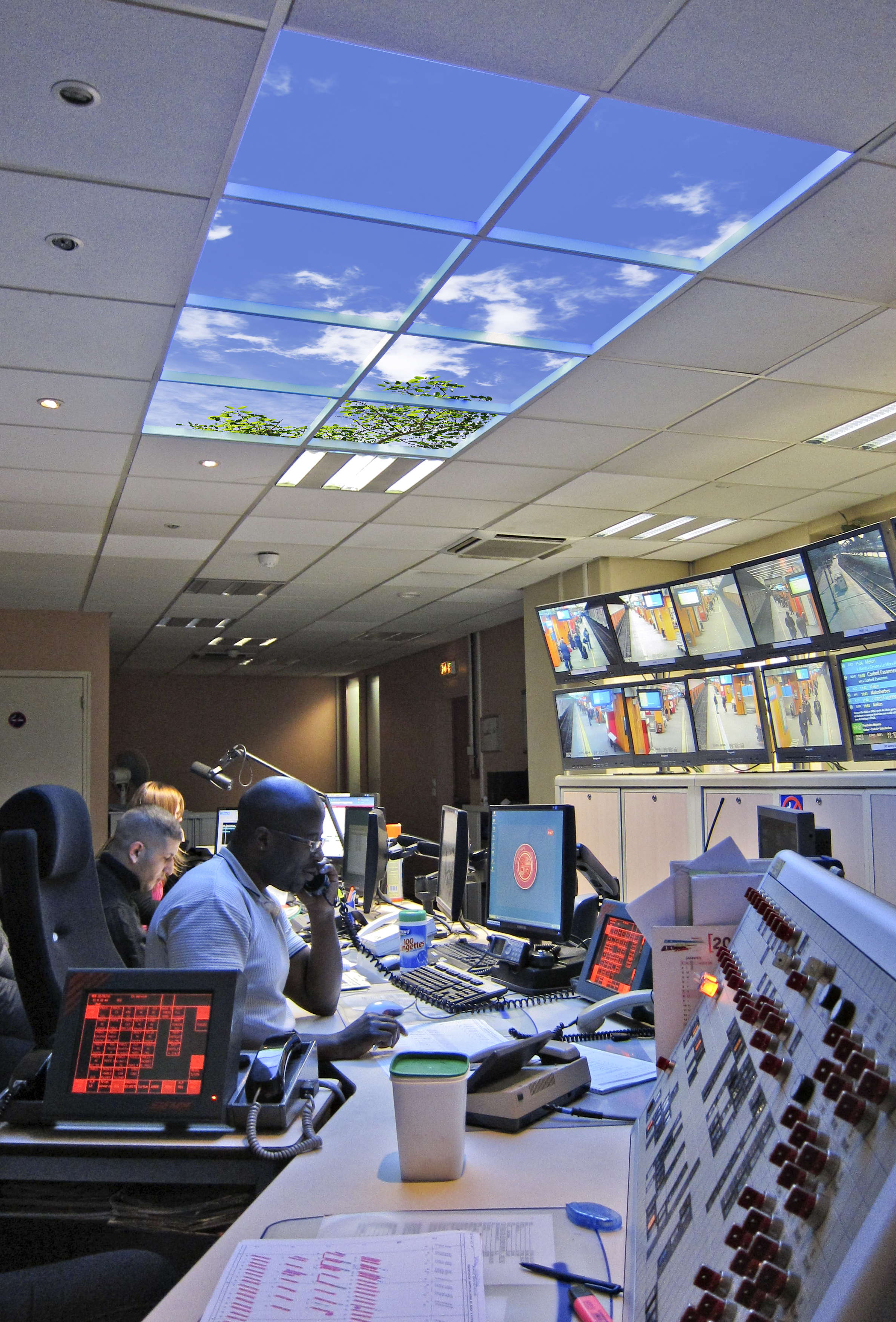
Inside this control room, teeming with colorful warning lights and live video feeds of train tracks, this skylight is the operators’ only connection to the natural environment. The skylight, a serene and harmonious focal point, becomes a visual oasis for engineers who can benefit from the occasional respite after hours of methodical focus on the arteries of the vast French Railroad Network.
Interestingly enough, what employees sometimes forget is that the skyline above their heads is not real. The visual cues their eyes and brain receive create the uncanny sensation of expanded space above their heads. It feels real, triggering a physiological relaxation response.
Dating back to Greco-Roman times, skilled artists conjured ways to trick the eye into seeing architectural features that weren’t part of the three dimensional structure. Later, during the early Renaissance, artists painted windows in walls and cupolas in ceilings that blurred the line between architecture and illusion through the clever use of perspective and scale.
Applying the compositional sophistication of art history’s masters in a high resolution matrix where sections of the image cross the foreground element of a ceiling grid, forces the mind to fill in the missing information. This cognitive principle is called “amodal perception” and the enhanced perception of depth gives rise to biophilic illusions of nature™ that are experienced as real.
This curious ability, what neuroscientists call our habits of perception, are the cognitive means through which magicians pull their fantastic illusions and through which a masterful two-dimensional image can appear as a three-dimensional window.
Sky Factory, a global fine arts and technology company specializing in virtual skylights and windows, sponsored a research project at Texas Tech University’s Neuroimaging Institute. The results from the study have so far surprised researchers and indicate that Sky Factory’s photographic sky compositions cause unique neural activations.
Conducted by College of Human Sciences’ researchers Drs. Debajyoti Pati, Michael O’Boyle and Cherif Amor, the study investigated the effects of Sky Factory’s photographic sky compositions on brain activation.
The study used functional magnetic resonance imaging (fMRI) to generate brain maps of neural activation in healthy subjects when exposed to the unique photographic compositions used in Sky Factory’s Luminous SkyCeilings™ and compared the brain patterns with those generated by viewing other positive, negative or neutral images.
Initial analysis of the brain maps indicates that the photographic sky compositions shared the characteristic neural activations of positive images, while, additionally, activating other unique brain regions. Of particular interest to the researchers were the activations found in the cerebellum.
“Brain activation of the cerebellum is often associated with aspects of spatial cognition, in particular the experience of extended space, as well as imagined, or real motion through that space,” said neuroscientist Dr. Michael O’Boyle of Texas Tech University. “By way of speculation, it may be that viewing Sky Factory compositions evokes a sense of expansion into or through this extended space.”
With these findings, Bill Witherspoon, founder of the Sky Factory, expects additional research will further link this cognitive experience of the company’s virtual skylights (Luminous SkyCeilings™) to the positive results of biophilic engagement that has been reported by end-users for a decade.
As our understanding of the cognitive processes behind the physiological effects of these illusions of nature™ grows, more and more companies will grasp the economic implications and physiological benefits of these virtual skylights and windows for the workplace.
According to the U.S. Centers for Disease Control (CDC, 2011), individuals who are faced with nowhere to relieve stress in the office, are at risk of premature onset of psychiatric, stress, and anxiety induced illnesses. Hence, harnessing the power of biophilic engagement to transform our workplaces is more than healing sight for sore eyes or a positive distraction. Using biophilic design in enclosed office spaces is a smart, sustainable solution to insure daily wellbeing.
[via]

